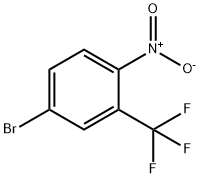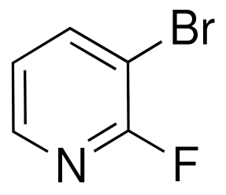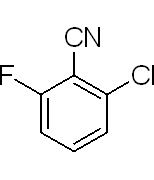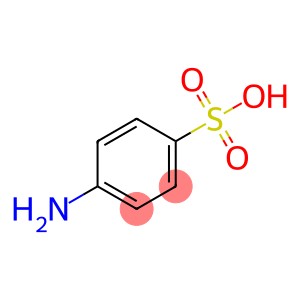5-Bromo-2-nitrobenzotrifluoride(CAS# 344-38-7)
| Risk Codes | R36/37/38 – Irritating to eyes, respiratory system and skin. R20/21/22 – Harmful by inhalation, in contact with skin and if swallowed. |
| Safety Description | S36/37/39 – Wear suitable protective clothing, gloves and eye/face protection. S26 – In case of contact with eyes, rinse immediately with plenty of water and seek medical advice. S37/39 – Wear suitable gloves and eye/face protection S24/25 – Avoid contact with skin and eyes. |
| WGK Germany | 3 |
| HS Code | 29049090 |
| Hazard Class | IRRITANT |
Introduction
5-Bromo-2-nitrotrifluorotoluene. The following is an introduction to its nature, use, preparation method and safety information:
Quality:
- Appearance: Colorless crystalline or solid
- Solubility: soluble in organic solvents, such as chloroform, dichloromethane, etc.; Insoluble in water
Use:
- 5-Bromo-2-nitrotrifluorotoluene is a commonly used reagent in organic synthesis and is often used in the synthesis of other compounds
- Can be used in the synthesis of pesticides
- It is often used in organic synthesis reactions, such as the introduction of aromatic compounds
Method:
5-Bromo-2-nitrotrifluorotoluene can be prepared by a variety of methods, one of which is commonly obtained by bromination of 3-nitro-4-(trifluoromethyl)phenyl ether. The specific synthesis process involves multiple steps and chemical reactions.
Safety Information:
- 5-Bromo-2-nitrotrifluorotoluene is an organic compound that should be used safely and avoid contact with skin and eyes
- It should be operated in a well-ventilated area and avoid inhalation or swallowing
- During storage and handling, it is necessary to avoid contact with substances such as combustibles, oxidants and strong acids to prevent accidents
- Keep away from open flames and high-temperature sources to avoid fire
- Follow proper safety protocols and wear appropriate personal protective equipment such as safety glasses, gloves and protective clothing during use and handling.




![[(Vinyloxy)methyl]benzene(CAS#935-04-6)](https://www.xinchem.com/uploads/Vinyloxymethylbenzene.gif)



